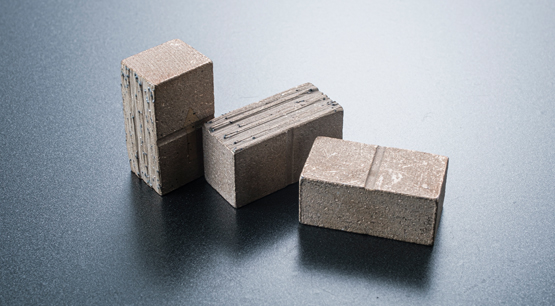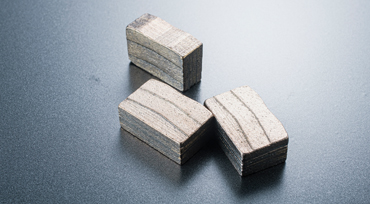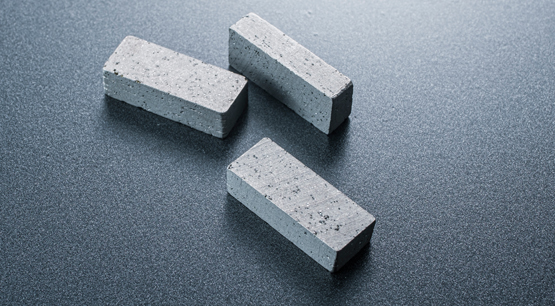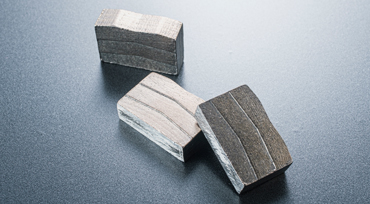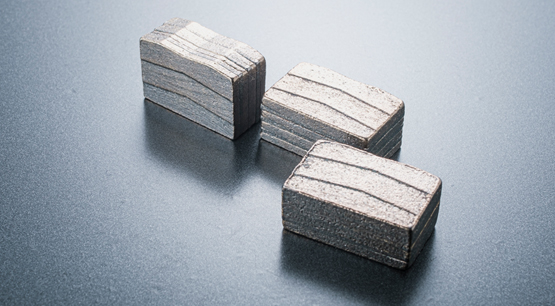The types of diamond segments are mainly divided into three categories: cutting, grinding and drilling according to their purposes. Among them, there are many types of cutting and grinding products, covering a wide range. Drilling products are divided into two categories: rhinestone drill bits and dry drill bits. Among them, the usage of rhinestone bits is relatively large. So what is the difference between diamond rhinestone bits and ordinary cutting segments? The main differences are as follows:
First: Different shape. Most of the large-sized core rhinestone drill bits have an arc shape. The smaller core rhinestone bits are available with crown or continuous ring bits. Since the rhinestone bit is an annular top that needs to be welded on the base of the drill. To fix the segments on the drill bit with such an annular structure, the segment not only needs to be determined according to the arc of the drill bit, but also the distance between the welding position of the drill bit and the drill bit should be set according to the specific diameter of the drill bit. Minimum rhinestone diameter is 6mm. The largest rhinestone bit size should be the size of the bit used for barrel saws, with a diameter of up to 1.6 meters or more. The diameter of ordinary rhinestones is roughly 20-167mm. Other specifications of rhinestones require special customization, and customized rhinestone bits also require special processing.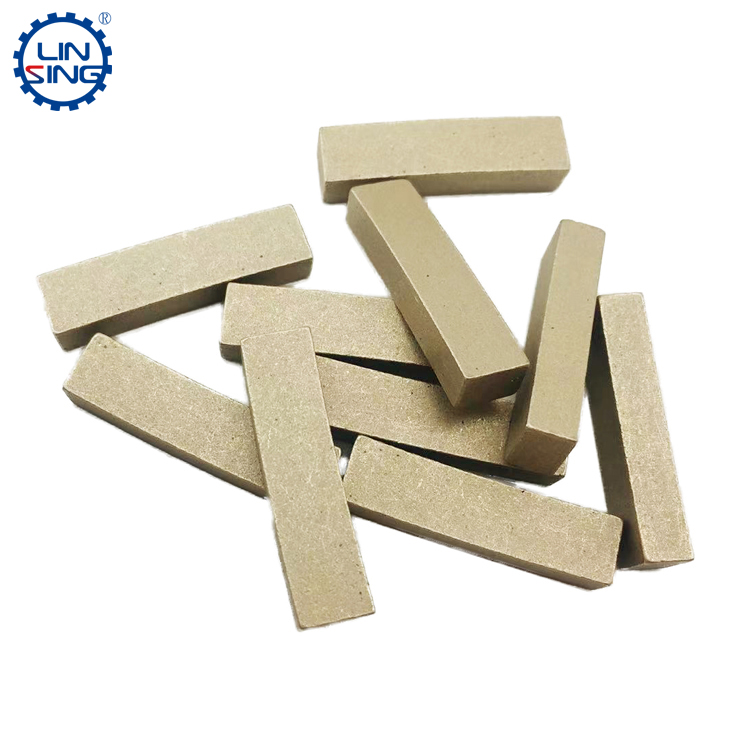
Second: Different usage. Most of the rhinestone bits are used in four main areas:
1. Hole: Mainly in stone, ceramic tile, ceramics and other materials, it is used to make holes on the surface of these harder materials, such as faucet holes, sink holes in basins, etc.
2. Reaming: Hole reaming is mainly used in scenarios with small hole diameters, and larger-sized drill bits are used to help ream holes.
3:Punch: Punching mainly refers to punching holes on concrete floors, walls, cement floors or other floors. The most common is to open the air conditioning hole.
4:Slotted: Grooving with drills and cutting tools is a common practice.
So what are the special production processes for such special rhinestones? Let's take a closer look at: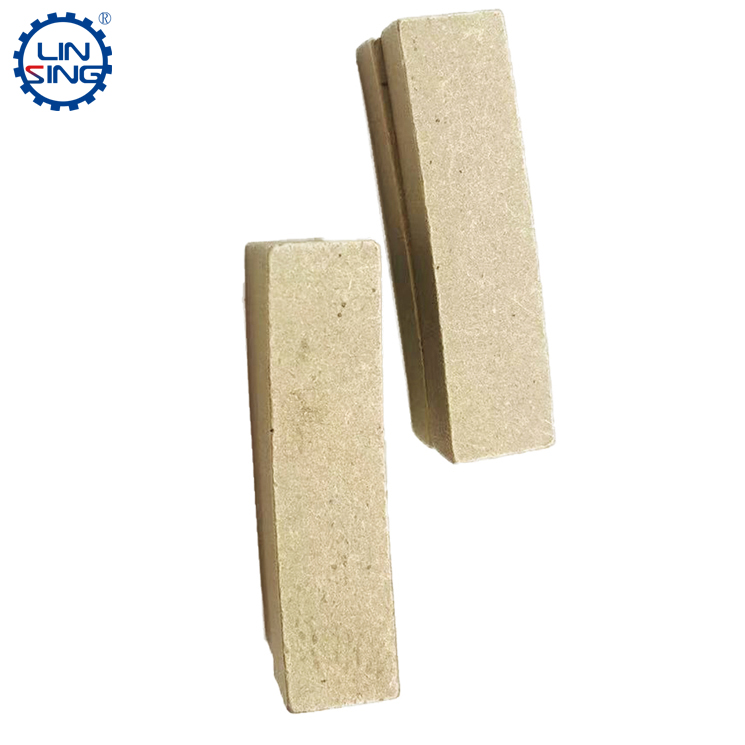
First: The proportion of coarse-grained diamond powder in the powder increases, while the proportion of medium and low-grained diamond powder decreases, but is more uniform. The reason for this design is that drilling efficiency and life are not the core parameters of the drill bit, but whether it can be drilled during the drilling process is the core standard of the drill bit. It is very important to improve the versatility of the rhinestone bit, and the addition of diamonds with different particle sizes is to make the rhinestone bit have broader processing performance.
Second: Due to the shape and curvature of the rhinestone bit, a large number of molds are required for the cold pressing process. However, the price of cold-pressed molds is high, so most of them use granulation to solve the problem of powder becoming lumps. Due to the research and development and innovation of granulation technology, the methods adopted by various manufacturers are different, and most of the products produced naturally have some quality differences.
Third: In the sintering process, different graphite grinding tools are required for different specifications. However, due to the abundant size of the rhinestone segment and the difference in granulation technology, natural pressureless sintering is a more common method in many cases. However, this method has higher requirements on the uniformity and cohesion of the material, and has extremely strict standards for the sintering time and sintering temperature, which are of great help in controlling the volume specification of the segment.

Production process of rhinestone diamond segment
Publish date:2022-07-14 15:22:10 Article From:Linsing Diamond Tools Clicks:



